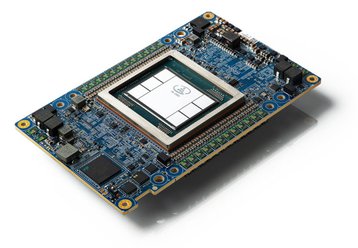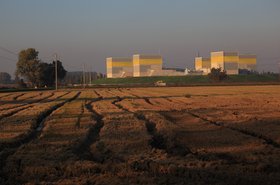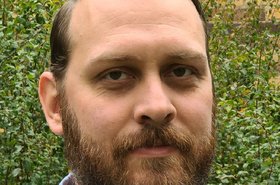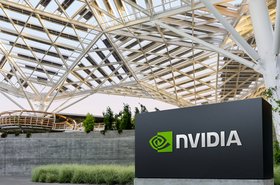Intel plans to build a large AI supercomputer using Xeon processors and 4,000 Gaudi2 AI hardware accelerators.
Generative AI company Stability AI will be the anchor customer for the system, which Intel claims will be one of the largest AI supercomputers in the world.
The Gaudi processor came out of Intel's acquisition of Habana Labs in 2019 for $2 billion. At the time, it killed off AI chips from previous acquisition Nervana in favor of the Israeli-based business.
In the latest MLPerf benchmark contest earlier this month, Gaudi2 performed well - for inferencing, it was 2.4 times faster than an Nvidia A100 and came close to the H100 Hopper GPU. For training, it remains behind, but Intel is expected to add FP8 precision quantization this month, which could make it competitive with the H100.
However, Nvidia's H100 still came out above rivals - and the Grace Hopper (a H100 and Grace Arm chip) bested it yet.
Complicating matters further, Nvidia released "TensorRT for LLMs" this month, which it said doubles the performance of H100s at inferencing. But the software was not ready in time for MLPerf, so it has not yet been benchmarked.
The GPU company's dominance in artificial intelligence has also given it a software stranglehold over much of generative AI's development. Projects like Intel's new supercomputer are aimed at breaking that grip, offering access to startups often at favorable rates.
Intel and Stability did not provide further details on the project's timeline, location, or estimated performance.







